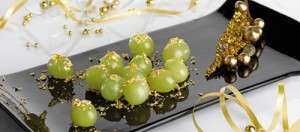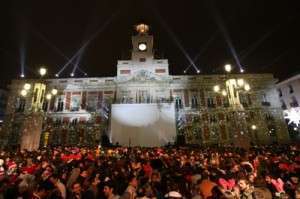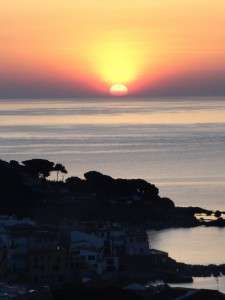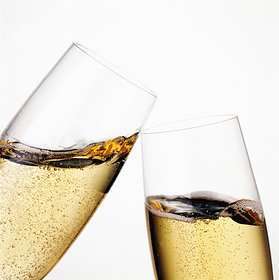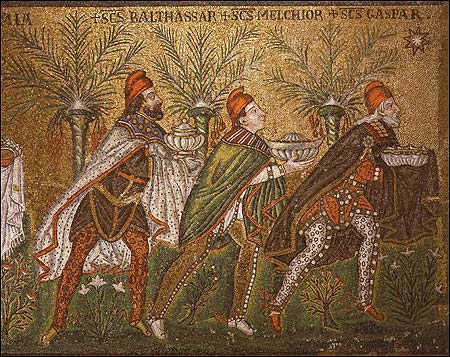Christmas is a very religious and traditional time here in Spain, with truly unique events, such as live Nativity Scenes, bizarre local traditions like Caga-tio (or Pooping Log) and beautifully emotive Catholic celebrations. The Spanish Christmas season starts off with the Catholic bank holiday of Immaculate Conception on December 8th. In Seville each year, the day is celebrated in front of the Gothic cathedral (the largest in the world!) with a moving dance ceremony performed by children and called Baile de Los Seises (dance of six).
The guests who join us on a private tour in Spain during the Christmas season, can experience first-hand the unique Spanish live nativity scenes, a sacred symbol of local Christmas tradition. Some of the most beautiful medieval villages in Spain magically convert for a few nights before Christmas into incredibly scenic live Nativity scenes, with locals playing the parts of Mary and Joseph, the three wise men, shepherds etc. All illuminated with torches and replete with the necessary cast of live animals, to see this is a truly unique experience!
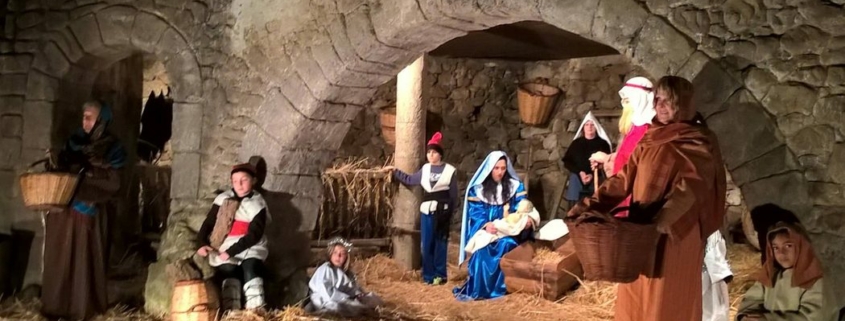
Traditional nativity scenes are set-up everywhere in Spain – in many plazas and areas where people might gather, even in storefront windows! Once we see these scenes in the streets, we can be aware that this special season is approaching!
In Catalonia and Aragòn, a beloved and typical character is the Tío de Nadal or Caga Tió. It is a hollow wooden log, about thirty centimeters long with a painted smiling face, enhanced by a little red sock hat and often a three-dimensional nose. In the days between the Feast of the Immaculate Conception and Christmas Eve, children are instructed to care for the log, giving Tió a little bit to “eat” every night and covering him with a little blanket so that he will not be cold at night. On Christmas day one puts the Tió partly into the fireplace and orders it to “poop” presents. To make him “poop”, one hits him with sticks, while singing various songs of Tió de Nadal. Before ordering the Tió to poop gifts, the adults ask children to leave the room in order for them to arrange for the small gifts from Tió to be put in place. The Tió does not drop larger objects, as those are considered to be brought by the Three Wise Men. It does leave candies, nuts, torrons and small toys: for what the Tió leaves is a communal gift rather than an individual one, to be shared by all.
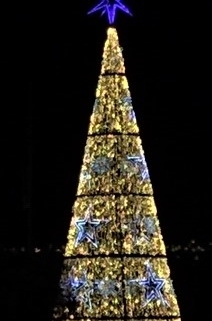
Oh Christmas tree…
Christmas Eve in Spain is called Nochebuena and like many other parts of the world, is celebrated with two very important traditions; eating an enormous meal, and going to Christmas Midnight Mass .
There is a wide variety of typical Christmas dishes one might find on plates across Spain on this night. Each region has its own distinct specialities. Among typical dishes served on Christmas Eve and during the days that follow are roast lamb and suckling pig (typically served in the regions of Castilla León, Castilla la Mancha, and Madrid), turkey or duck (commonly prepared in Andalucía), and an enormous variety of seafood, including shrimp, lobster, crab, and various types of fish like hake, trout, sea bream, sea bass, and salmon (common in many regions, but mostly on the coasts). For dessert there is quite an array of delicacies; among them are turrón (a version of nougat), made of honey, egg and almonds that are Arabic in origin, as well as polvorones, an almond shortbread and a variety of nuts and dried fruits. All these wonderful foods contribute to Christmas celebrations in Spain.
To drink, one must have a glass of cava, the Spanish equivalent of champagne. After the meal, many Spaniards get their second wind and go to midnight mass, known as “La misa del Gallo”, or “Rooster Mass”, named such because the Rooster is known as the first to announce the birth of Christ. On Christmas day people spend time with their families and feast on another large meal. Some households have children enjoy the gifts that they have received from Papa Noel (Santa Claus). The custom of giving gifts on this date is not as popular as it is in many countries, as Spaniards traditionally wait until Three King’s Day to exchange gifts. New Year’s Eve, or Nochevieja, in Spain, is quite an impressive spectacle. In all plazas across the country, one can see a similar scene that includes church bells and grapes. When the clock strikes 12, the church bells sound 12 times, and at this moment all Spaniards eat 12 grapes, one for each toll of the bell. This lively celebration will go on until the wee hours of the morning!
Epiphany (or Three Kings Day) on January 6 signifies the end of Christmas, the long-awaited day for children to receive their presents. First, in the afternoon of January 5th, a grand Three Kings Parade takes place in every Spanish city, town and village, with thousands of participants and wide TV coverage. The kings carry loads of gifts on their carriages and throw sweets to the enthusiastic crowds. Before going to bed that night, children leave their shoes out on their balcony and hope that when they wake up they will find gifts left by Melchor, Gaspar, and Balthasar. After festive lunch, families have the typical dessert of the day, the “Roscón de los Reyes”, a large ring shaped cake that is decorated with candied fruits, symbolic of the emeralds and rubies that adorned the robes of the three kings. Somewhere inside the cake there is a surprise, and the person to find it will be crowned King or Queen of the house for the remainder of the day!
We hope you enjoy a wonderful festive season ahead! If you would like to witness and partake in these traditional Spanish festivities first-hand, join us for a private tour around Christmas and New Year: for example, if you choose our Majestic Madrid & Authentic Andalucia Tour you too can watch first hand the ceremony of Los Seises from Seville Cathedral or soak up the atmosphere while eating grapes on New Year’s Eve in Spain’s glorious capital of Madrid!

